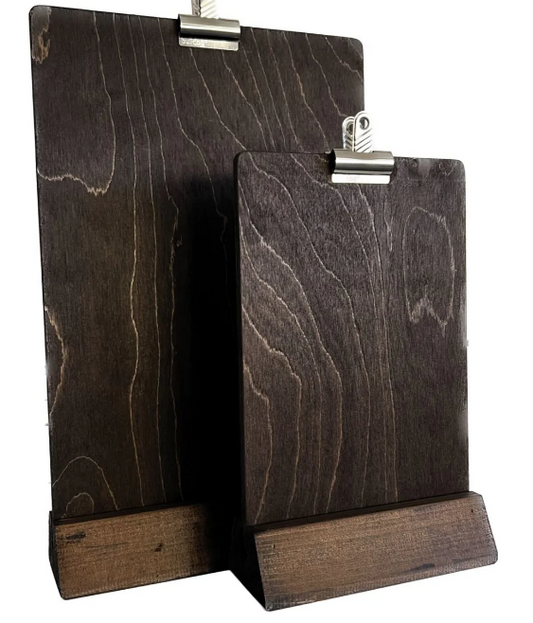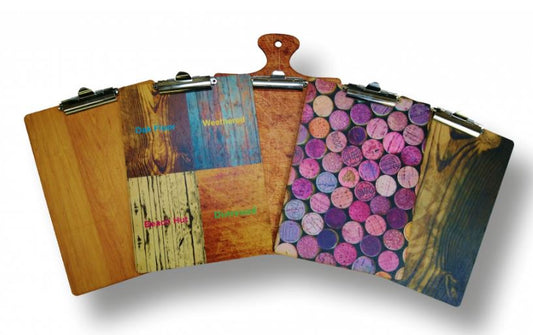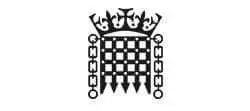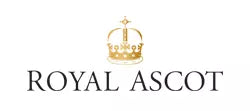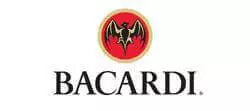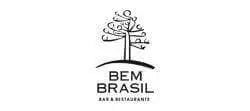Restaurants should have a properly implemented food safety program, and part of this is an efficient hand washing policy. As a restaurant owner, your business should be strongly focused on consistently training your staff and making sure that they are following protocols. The nature of your business requires that basic hand washing and hand hygiene policies should be implemented within the premises.
Have you seen our custom made bill presenters?
Why Is Hand Washing Important?
Germs travelling within your establishment and serving unsafe food can be detrimental to your business, and this quandary can begin with unwashed hands. Without proper hand hygiene, surfaces and other items, including foods being served to your guests can become contaminated.
It makes sense that the kitchen staff should stringently adhere to hand washing protocols, but aside from these food handlers, front-house employees are at risk as well. After all, they touch surfaces and items like flatware and drinking glasses, and can be possible sources of cross-contamination.
Food-borne illnesses are caused by pathogens that are invisible to the naked eyes, and hand washing is assumed to be one of the best ways of preventing the spread of these microorganisms.
Where Should Employees Wash Their Hands?
There ought to be designated stations for hand washing wherein approved hand washing soap along with paper towels are provided. Warm running water must be accessible to this hand sink, and it should be adjustable to 100 degrees Fahrenheit at the least. A sign for identification should be indicated in each of these stations.
Such requirements above are to ensure that employees steer clear of washing their hands at the wrong sink. In a commercial kitchen, there are typically different sinks that are intended for different uses. A utility sink, for instance, is not stocked with paper towels and hand soap. Employees don’t wash their hands in it because it may contain dirty mop water that is a source of contamination. A pot filler has its specific function, too, and it is not ideal for handwashing because water from it may not be hot enough to eliminate germs.
In the event that a health inspector comes and sees a staff member doing their handwashing in any of these sinks instead of a proper handwashing station, your establishment could be accused of violating a health code.
Requirements For Hand Washing Sinks
It depends on your local regulatory authority how commercial kitchen hand sink requirements are implemented. However, below is a general guide about setting up handwashing stations in your restaurant. They must be stocked with the following:
Designated usage
They should be used only for washing hands and not for any other purposes.
Convenient location
They must be situated in accessible locations throughout the establishment, such as the bar areas and the front of the house.
Water lines
Hot and cold water must be available from it.
Hand soap
The handwashing soap provided must be approved.
Hand drying equipment
Wall-mounted paper towels or hand dryers must be reachable
Touchless faucets
This equipment should run for 15 seconds
Water temperature
Hot and cold water available from the sink should be adjustable to reach 100 degrees Fahrenheit at the least
Hand washing sign
The sink must be equipped with a sign that demands hand washing compliance.
What Is The Proper Way Of Washing Your Hands?
It seems like a very simple task, but don’t assume that your employees know the proper way of washing their hands. There is a right procedure of handwashing that makes it more effective. It is elaborated below:
- Using warm running water, wet your hands as well as your forearms.
- Soap should then be applied, and the hands rubbed together to develop lather.
- Scrub your hands and arms for a period of 20 seconds, including in between your fingers, your fingertips and under your nails.
- With the use of warm water, rinse your hands and arms thoroughly.
- Using a clean paper towel, or else a hand dryer, dry the wet parts of your hands and arms.
- When done with washing, get a paper towel and use it to turn the faucet off.
You can post a reminder of these handwashing steps at every sink station to encourage your staff to adhere to them. It can be in the form of posters that feature images which can be a valuable visual tool.
Guidelines For Hand Hygiene
The practice of appropriate hand care should be implemented in your restaurant in the same way that guidelines about clean uniforms and various other workplace personal hygiene policies are imposed. Some of them are the following:
Fingernails should be clean and trimmed
It is harder to clean long fingernails, and they are a breeding place for germs. They can also tear gloves or chip off and fall into food and cause contamination.
No wearing of fake nails
Foodservice employees should avoid donning them. Aside from being hard to clean, they might also fall onto the food.
No wearing of nail polish
Employees practicing hand care should avoid wearing nail polish. Dirt and germs can hide underneath polished nails, and they can flake off and mix with the food.
Rings and bracelets should be removed while working
Dirt and other contaminants may be hiding in these jewelries and can pollute the food. Plain wedding bands may be allowed, but other kinds of rings should be taken off when working.
As a restaurant owner or operator, your job is to create the right tone pertaining to hand washing policies in your workplace. Utilize the best hygiene-effective restaurant equipment and accessories, such as those manufactured by Worldwide menus, and be meticulous in training, informing, and instructing your employees to ensure that they adhere to pertinent standards and requirements.
Have you see our custom made menu boards.


